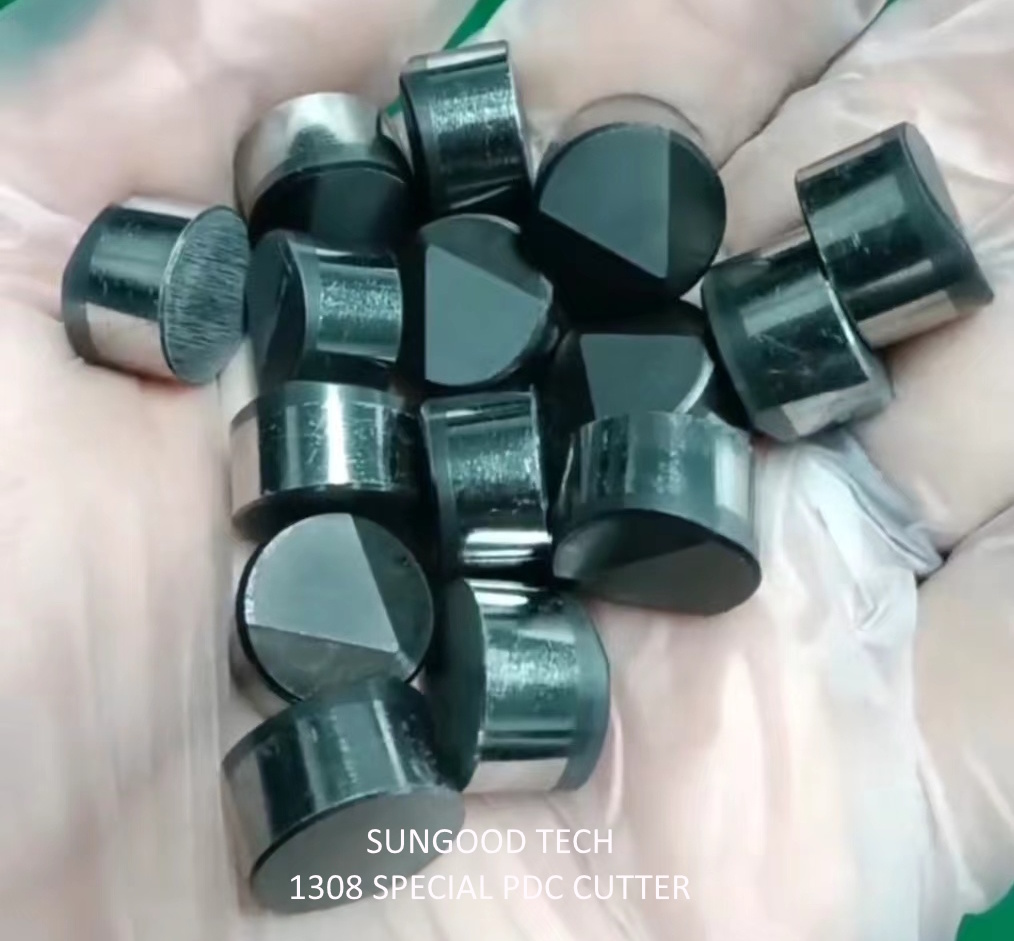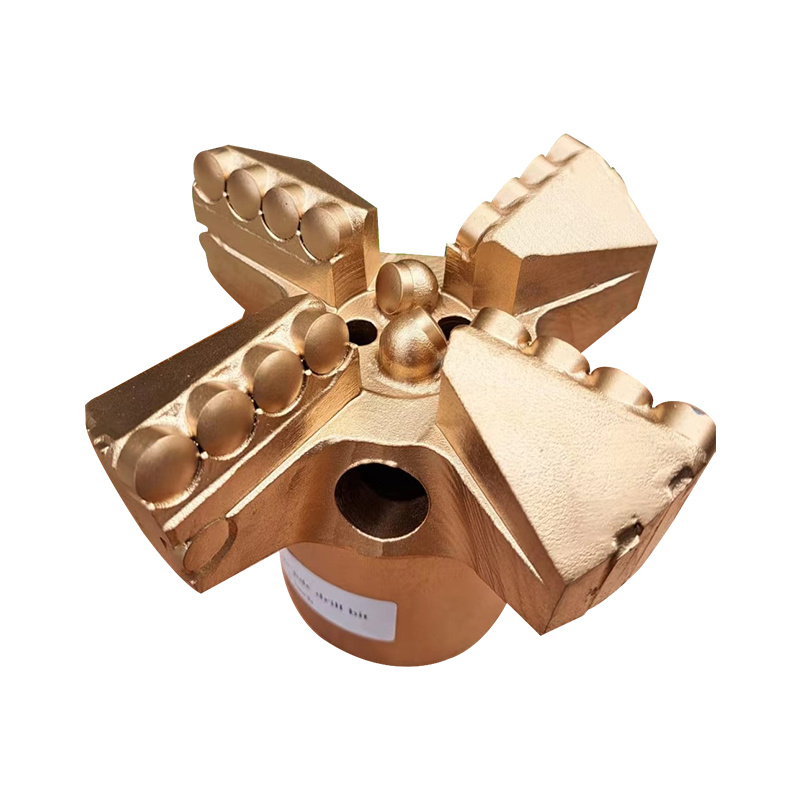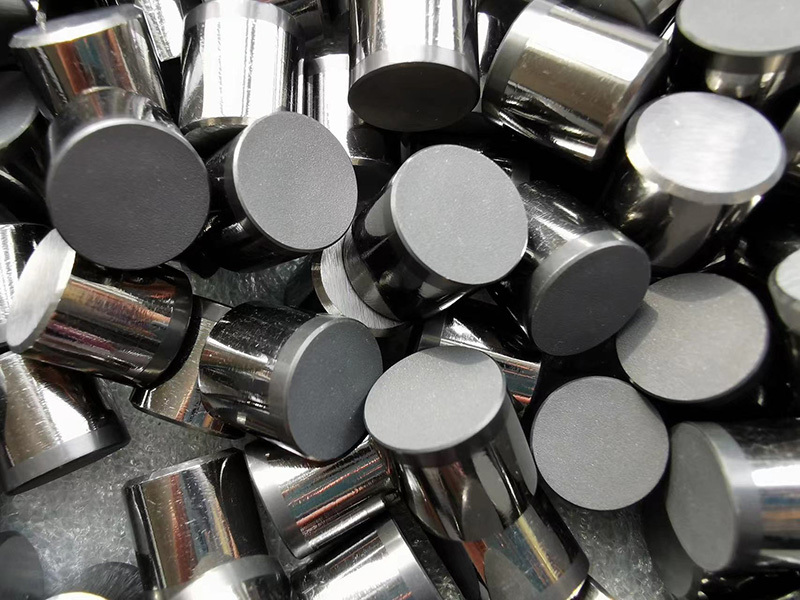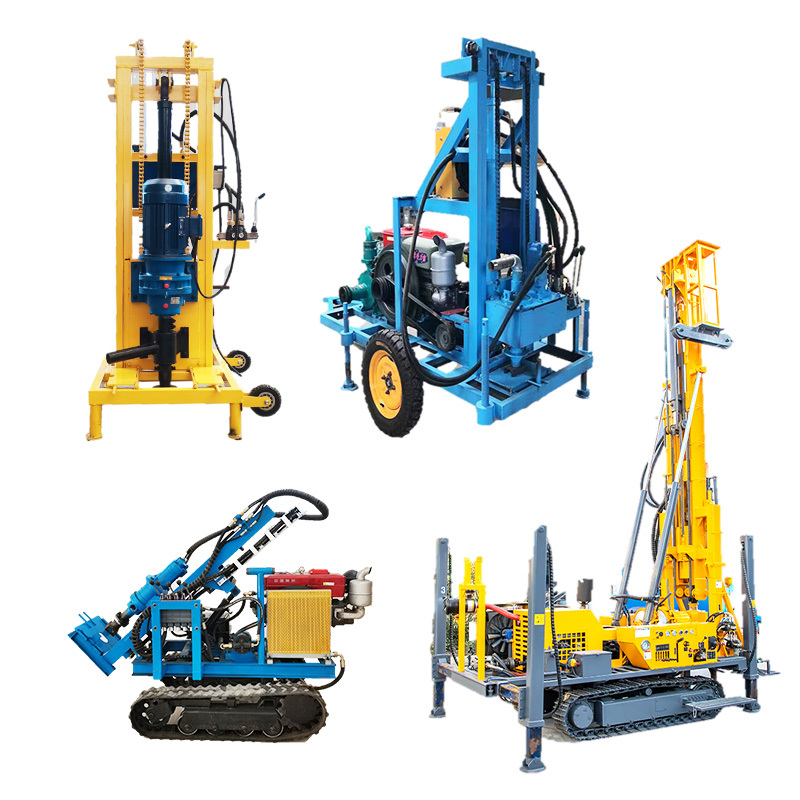SUNGOOD TECH: Non-planar geometry PDC cutters solve the drilling problems of carbonate rocks
Jun 11,2025

In the field of drilling carbonate rock formations, traditional PDC (Polycrystalline Diamond Compact) bits have long been confronted with the technical bottleneck of "rapid wear and failure on hard rocks and easy tooth breakage in alternating hard and soft layers".

The above pictures are from SUNGOOD TECH
I. Microscopic Reconstruction: Three-Dimensional Mechanical Optimization Design
The new cutting teeth adopt a dual strategy of "surface stress dispersion and contact area control":
No. 1 eight-equal-spacing cone teeth: Eight equal-spacing conical cutting points are constructed on a 15mm thick polycrystalline diamond layer. By increasing the effective diamond volume (22% higher than traditional teeth), the thermal grinding test temperature is reduced by 6℃. Laboratory data shows that the single tooth cutting efficiency is increased by 15%, and it is particularly suitable for the inclined section of the rock layer.
No. 2 V-shaped cutting tip: This design innovatively combines the V-shaped cutting tip with three concave surfaces, reducing the contact area by 37%. During the test in the sandstone formation of Tahe Oilfield, the axial force decreased by 20%, while maintaining an efficient cutting rate of 0.85 meters per revolution.
Type 3 sharp-ridged impact-resistant cutting teeth: Comprising a 120° sharp ridge angle and a 1.2mm thick diamond layer, this design maintains the sharpness of the cutting edge while increasing the compressive strength to 128 MPa. Field tests have shown that in the hard rock sections of the Ghawar oilfield in Saudi Arabia (HV ≥ 150), the cutting edge remains intact.
II. Dynamic Balance: Vibration Suppression and Lifespan Extension
Through finite element simulation optimization, the new type of teeth have achieved a dynamic balance among "load, vibration and wear":
Variable rake angle design: The fixed rake angle of 15° was changed to a continuous range of 0 - 25°. When the cutting depth increased from 5mm to 20mm, the increase in tangential load was controlled within 18%, which was 42% lower than that of the conventional teeth.
Multi-angled ridge collaborative rock breaking: Each cutting tooth integrates 3 to 5 angled ridge structures, forming a spiral rock-breaking trajectory at a rotational speed of 1200 rpm, effectively dispersing vibration energy. The measured vibration amplitude has been reduced to one-third of that of traditional drill bits.
III. Practical Verification: Dramatic Improvement in Drilling Efficiency
In the comparative test conducted at the Marjan oilfield of Saudi Aramco, the three new types of gearboxes set several records:
Especially in the sections where the proportion of hard rock exceeds 60%, the comprehensive cost of the new drill bit has been reduced by 35%, mainly due to:
The wear life has been extended to 120 hours (compared to only 65 hours for traditional teeth)
The time for changing the drill bit has been reduced by 50% (due to the increase in the single drilling depth)
Improvement in the efficiency of the mud circulation (reduction in vibration leads to less repeated crushing of rock debris)
If you have experience and insights in drilling, please join us. Some people might benefit from it.
Related News
Contact Us













